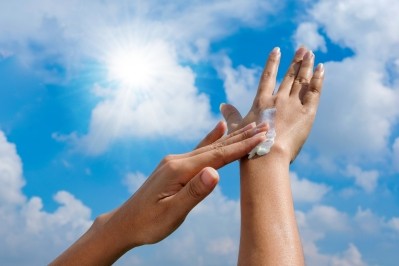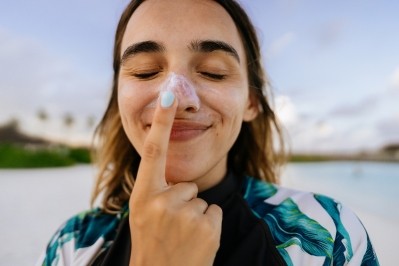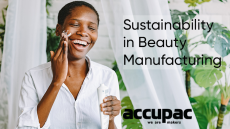EWG report: 75% of sunscreens fall short on protection and safety, industry responds

Non-profit organization Environmental Working Group (EWG) has released its annual Guide to Sunscreens, which assessed the sun protection efficacy of almost 1,700 SFP products. As reported by EWG, “three-quarters of products evaluated fall short of adequate sun protection, with many still containing ingredients that could pose health risks.”
In EWG’s statement, Emily Spilman, a program manager for Healthy Living Science at EWG, claimed that “many of the products we reviewed don’t offer balanced UVA and UVB protection…and some ingredients commonly found in sunscreens have been linked to both human and environmental concerns, but they’re still widely used in hundreds of products, even though they have not been tested adequately for safety.”
In response to EWG’s assessment, the Personal Care Products Council released a statement that “unfortunately, once again, the EWG's sunscreen guide misleads consumers into assuming sunscreen products are unsafe, thereby jeopardizing public health.”
Differing views on sunscreen efficacy
As reported by EWG, its annual Guide to Sunscreens “evaluates the safety and effectiveness of various sun protection products included in lists of top-rated recreational sunscreens, SPF products marketed for babies and children, daily-use moisturizers with SPF and lip balms with SPF,” according to the organization’s press release.
The EWG identifies “zinc oxide, titanium dioxide, or both” as “ingredients that offer excellent sun protection with fewer health concerns,” and considers “oxybenzone, octinoxate and ‘fragrance,’” as “potentially harmful ingredients,” said Spilman in the EWG release.
While the PCPC’s statement did not directly address EWG’s assessment criteria for product safety in its annual Guide to Sunscreens, the organization reiterated that “sunscreen is a crucial and well-recognized tool in the fight against skin cancer.”
Further, the PCPC affirmed that as an industry organization, they and their “member companies remain firmly committed to ensuring that Americans have access to a wide variety of safe and effective sunscreen products,” and will “continue to work with the US Food and Drug Administration (FDA) to provide additional safety data on several ultraviolet (UV) filters in order to ensure consumer confidence in the safety and effectiveness of these critical products.”
Alignment on the need for urgency
EWG and PCPC are aligned in their concerns regarding the need for the FDA to better address regulatory issues regarding sunscreen in the US. “We remain concerned that the Sunscreen Innovation Act, which was signed into law in 2014, has not lived up to its promise to increase the speed of approvals for new active sunscreen ingredients,” the PCPC reported in their statement. Further, the statement added that “the FDA has not approved new UV filters since 1999,” and that “globally approved filters used in Europe and other regions are not available in the US, greatly limiting options for American consumers.”
In EWG’s press release, the organization noted, “It’s been more than two decades since the FDA approved a new active ingredient for use in SPF products, which leaves US consumers behind in the global sunscreen innovation race,” and that “currently, the FDA has proposed that just two substances are generally recognized as safe and effective for sunscreens, while the European Union boasts more than 30.”
















